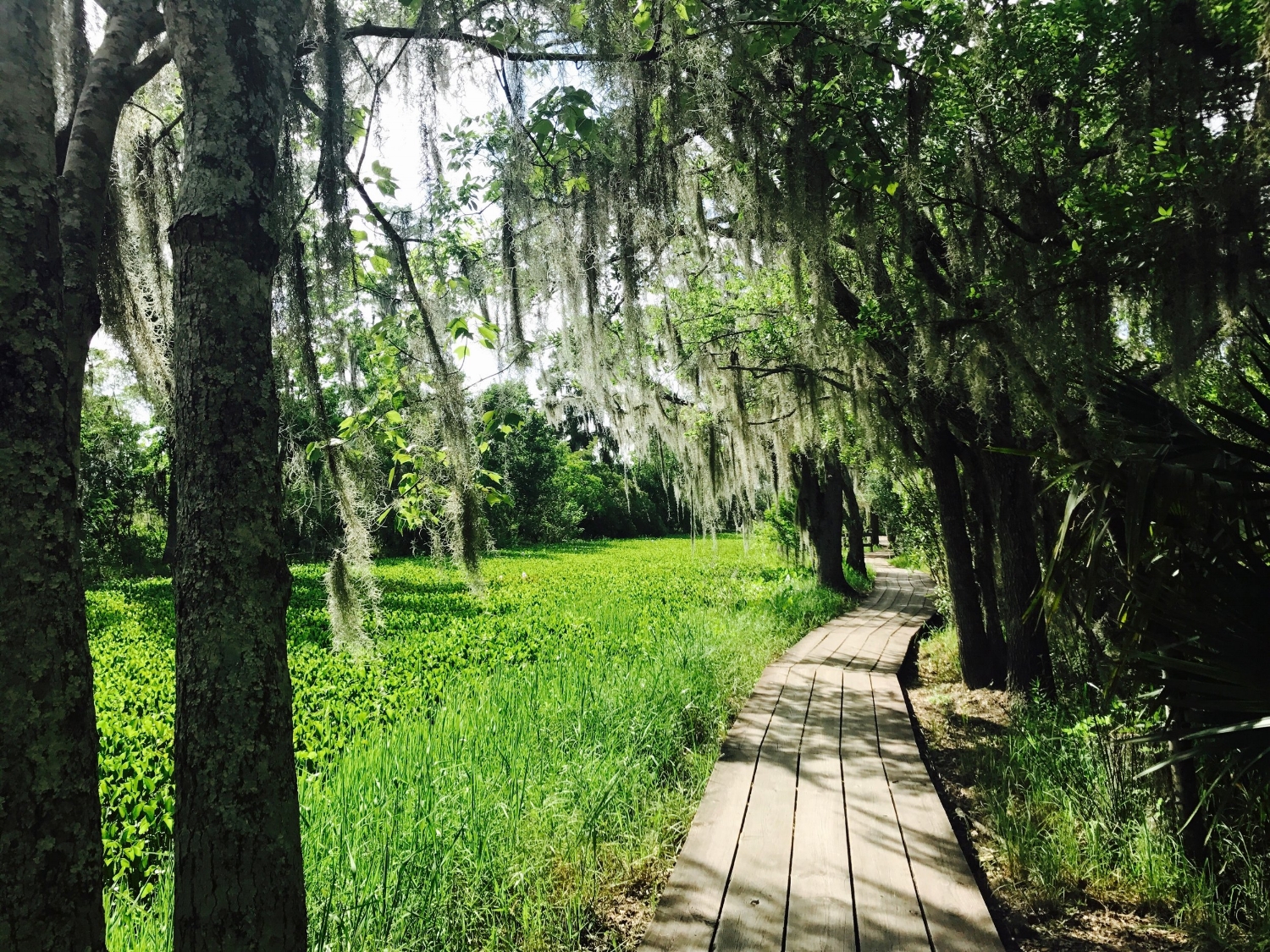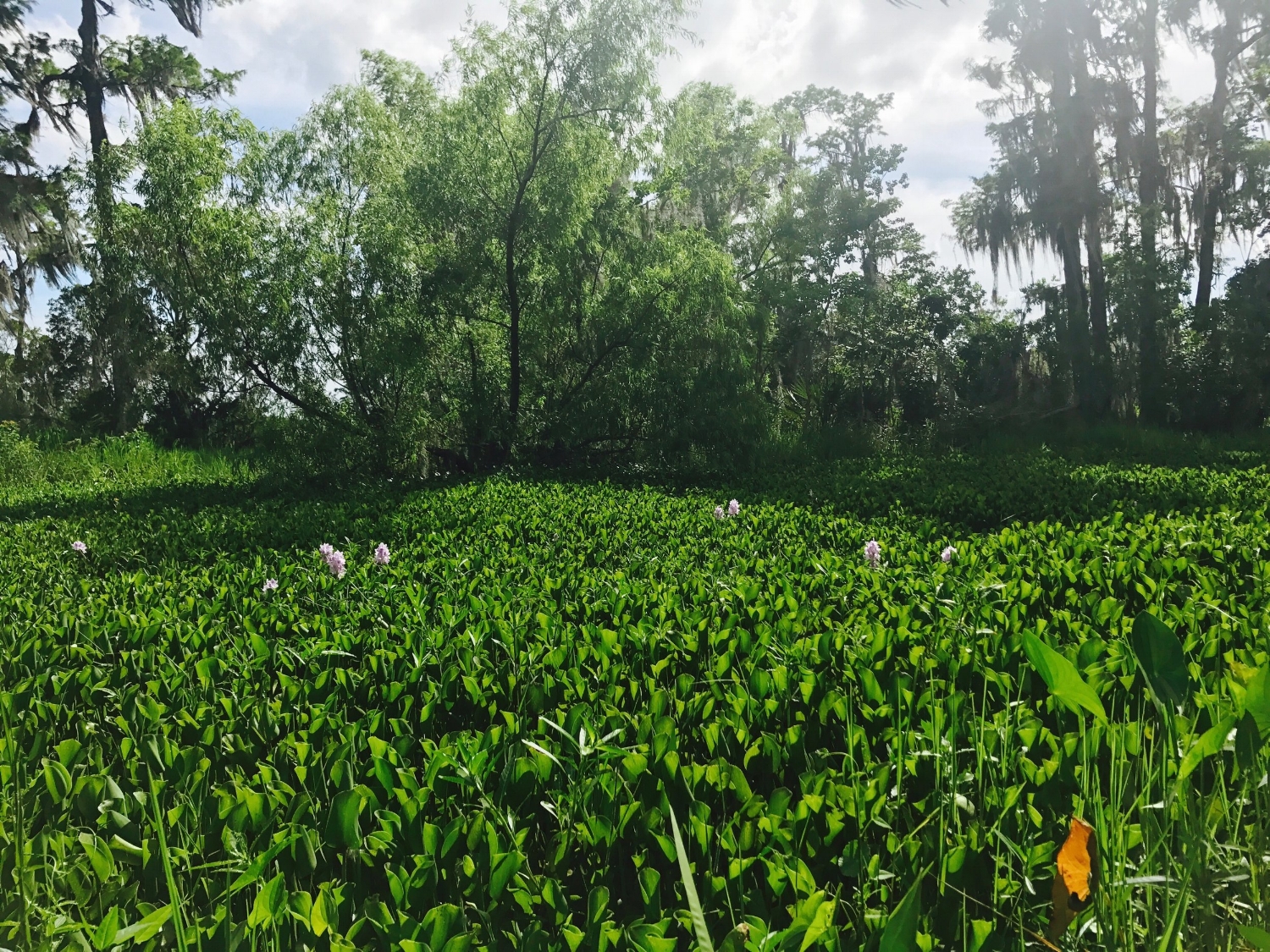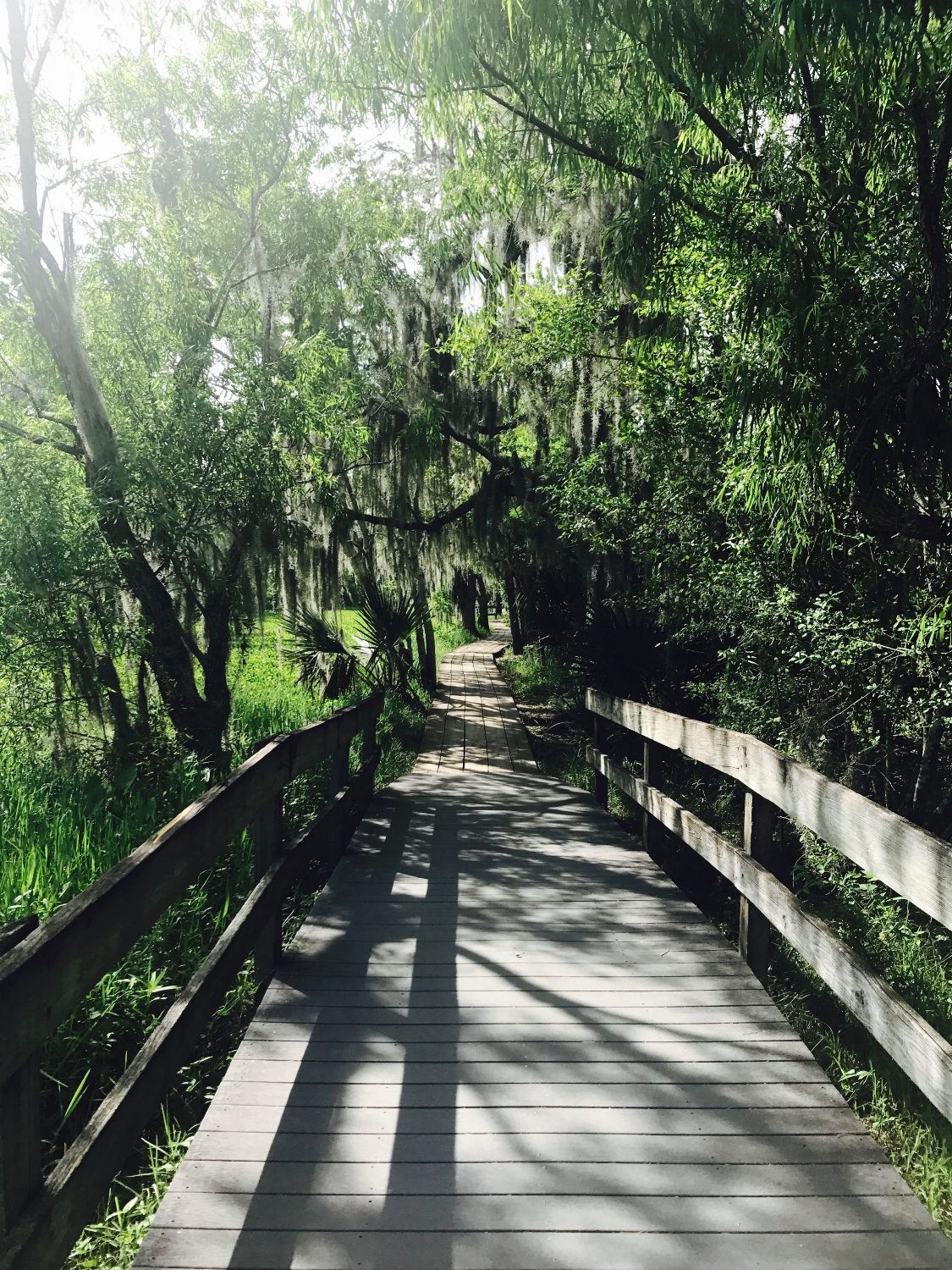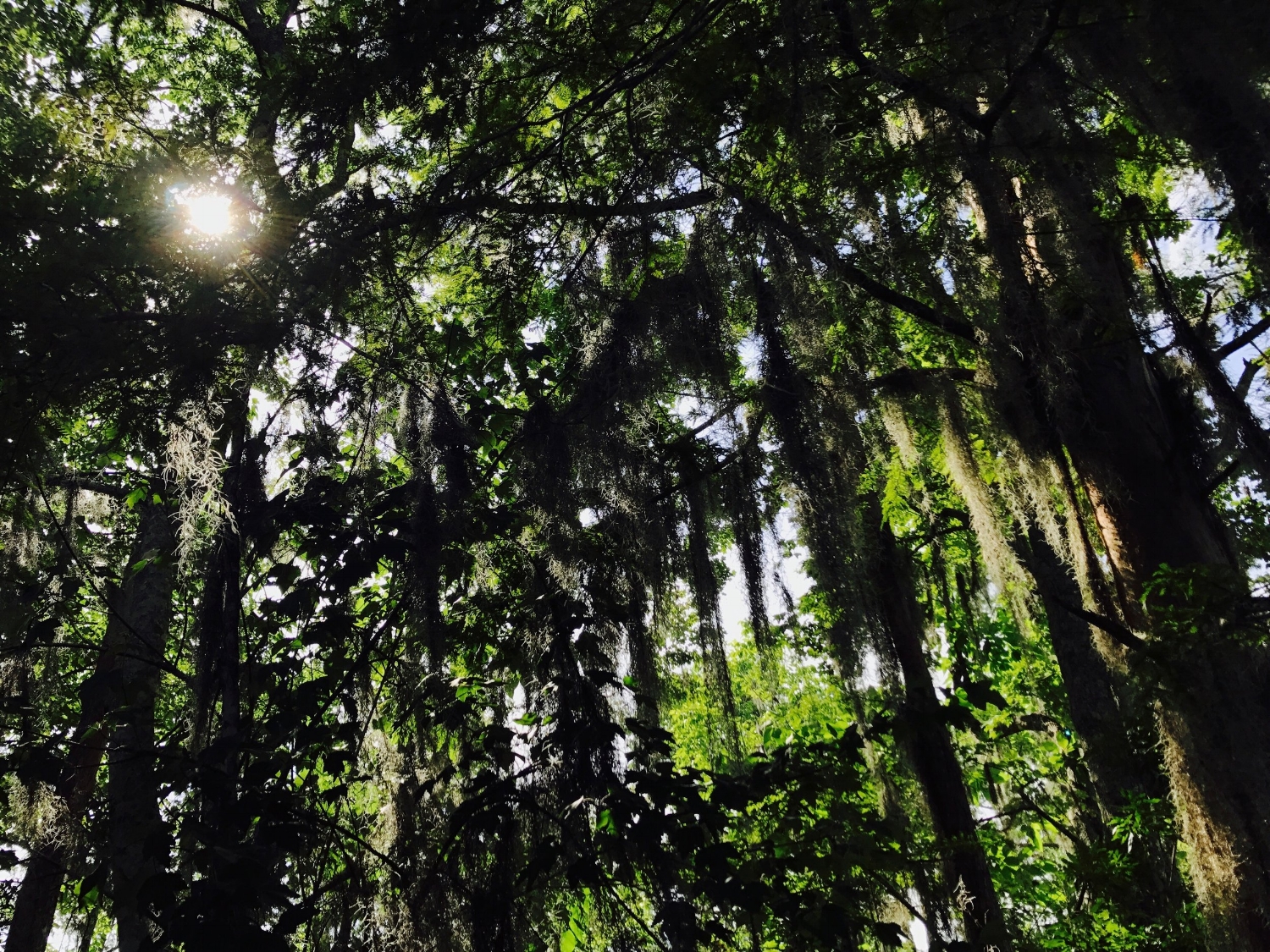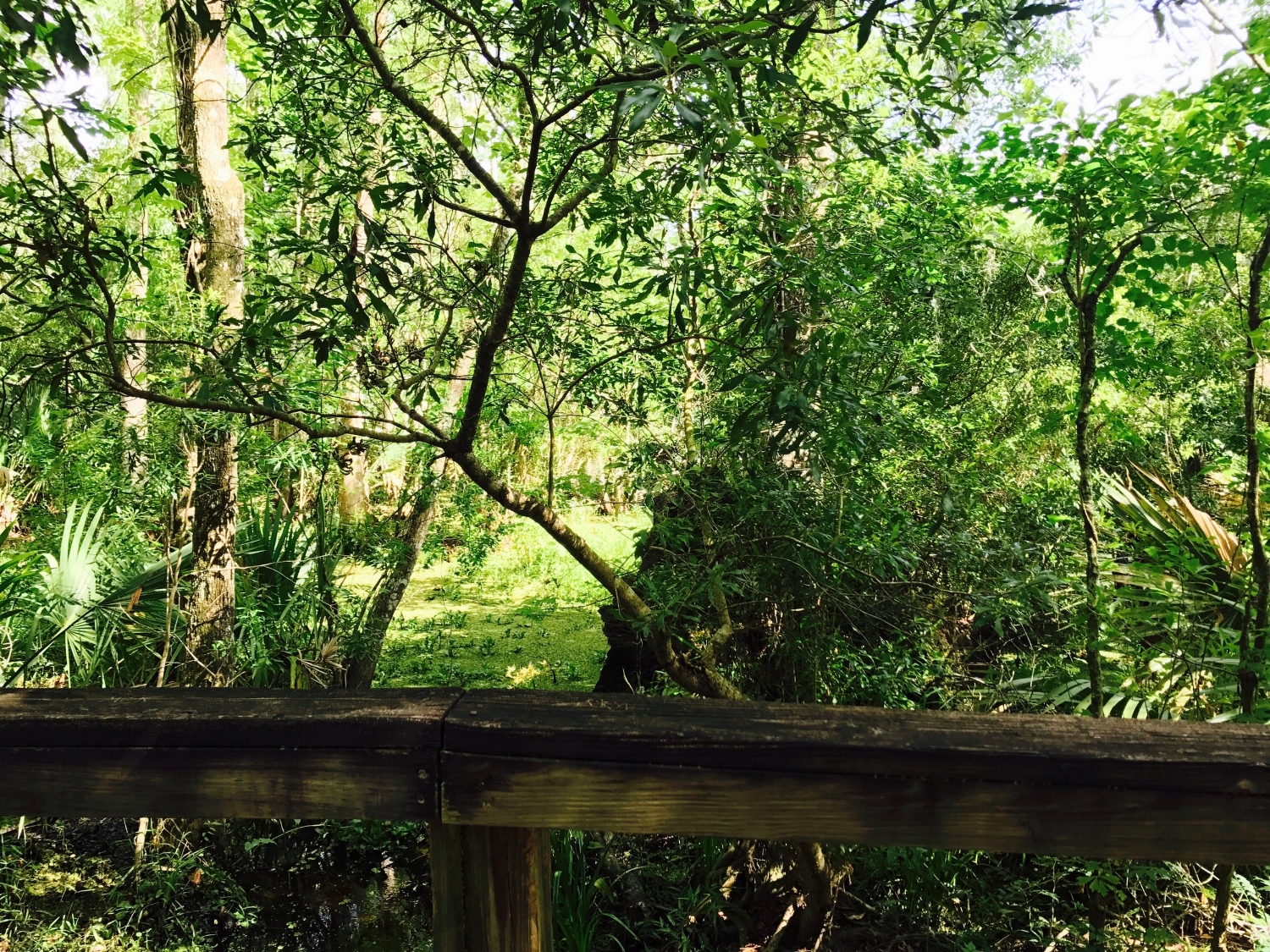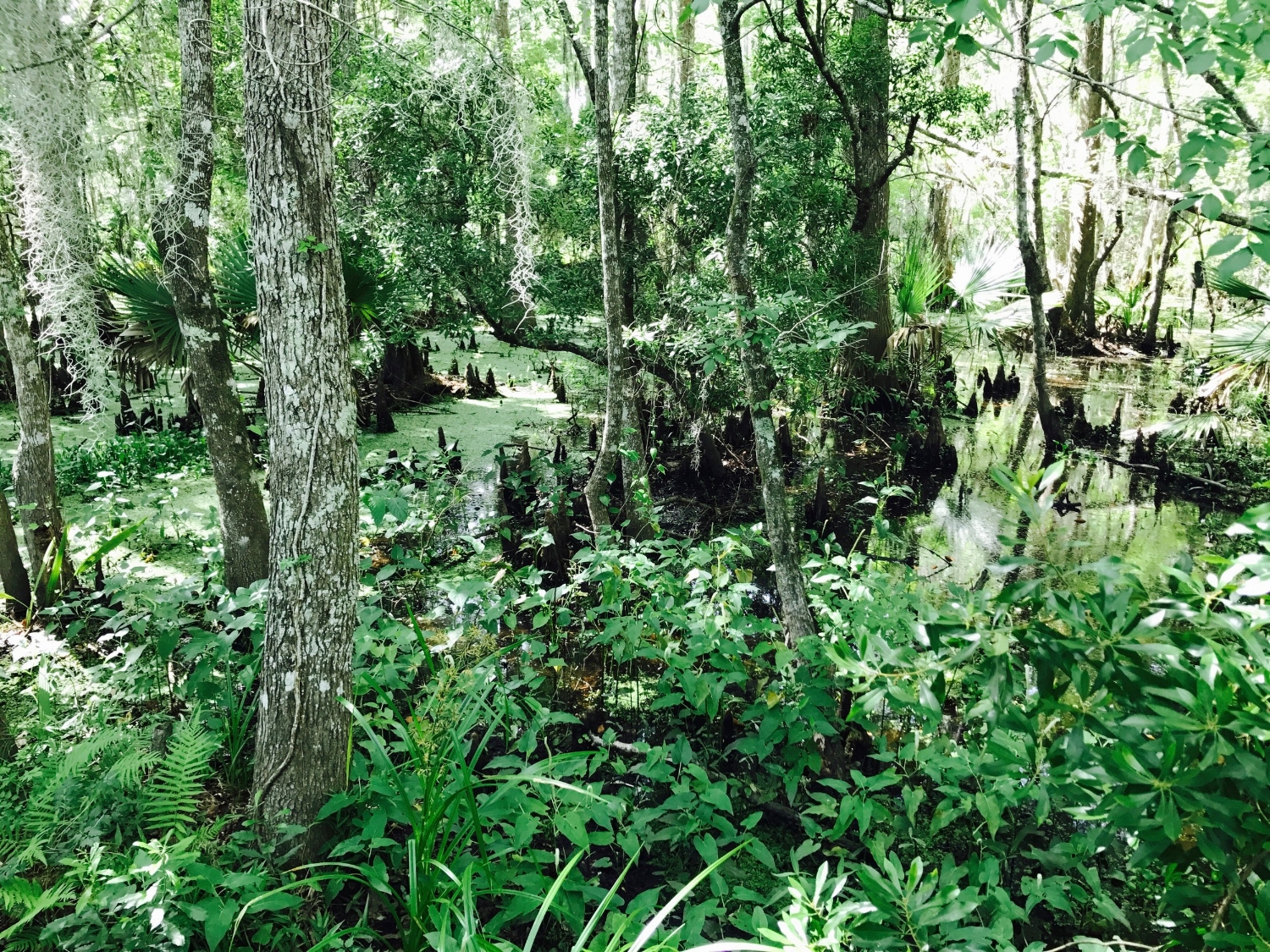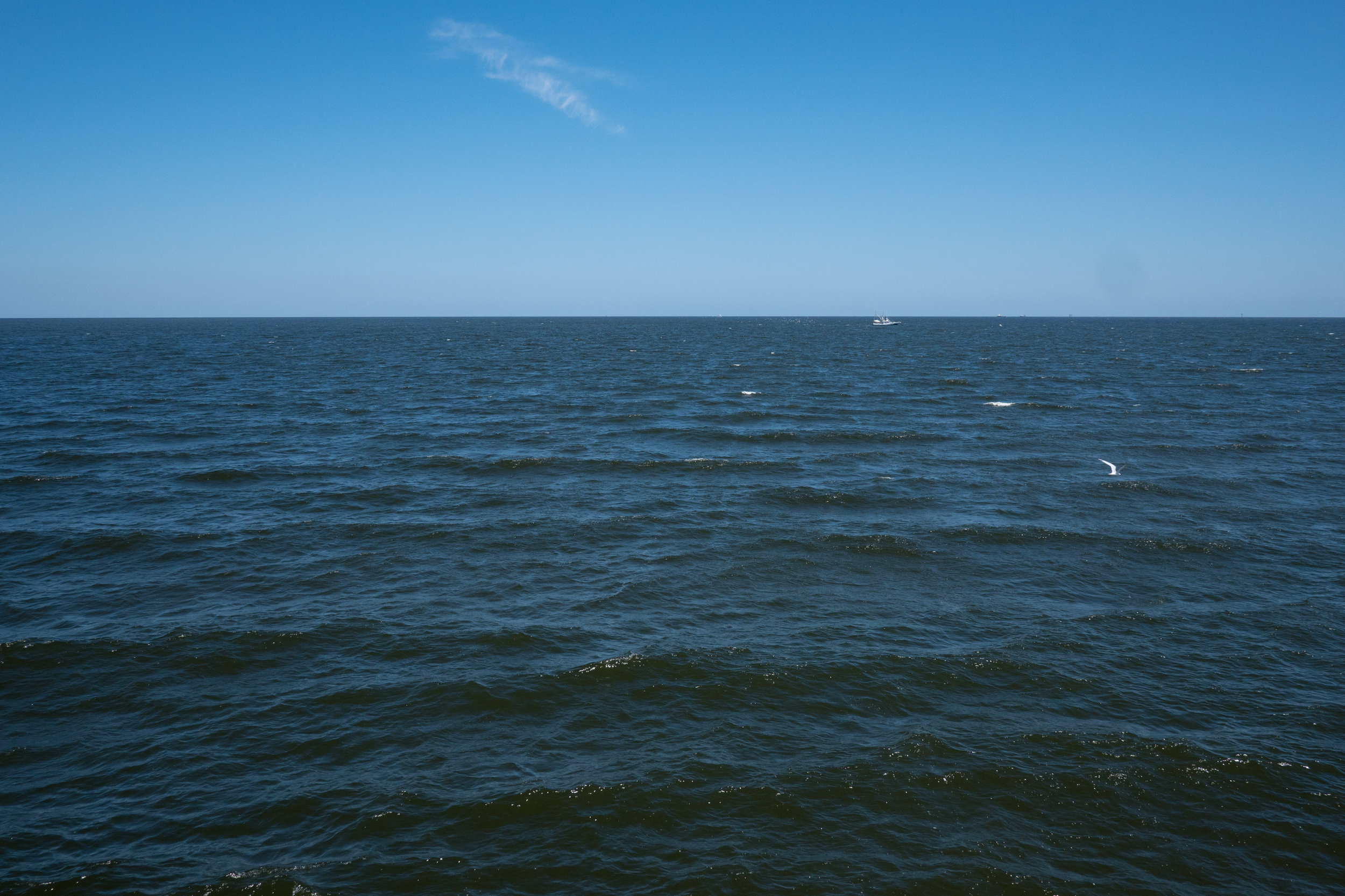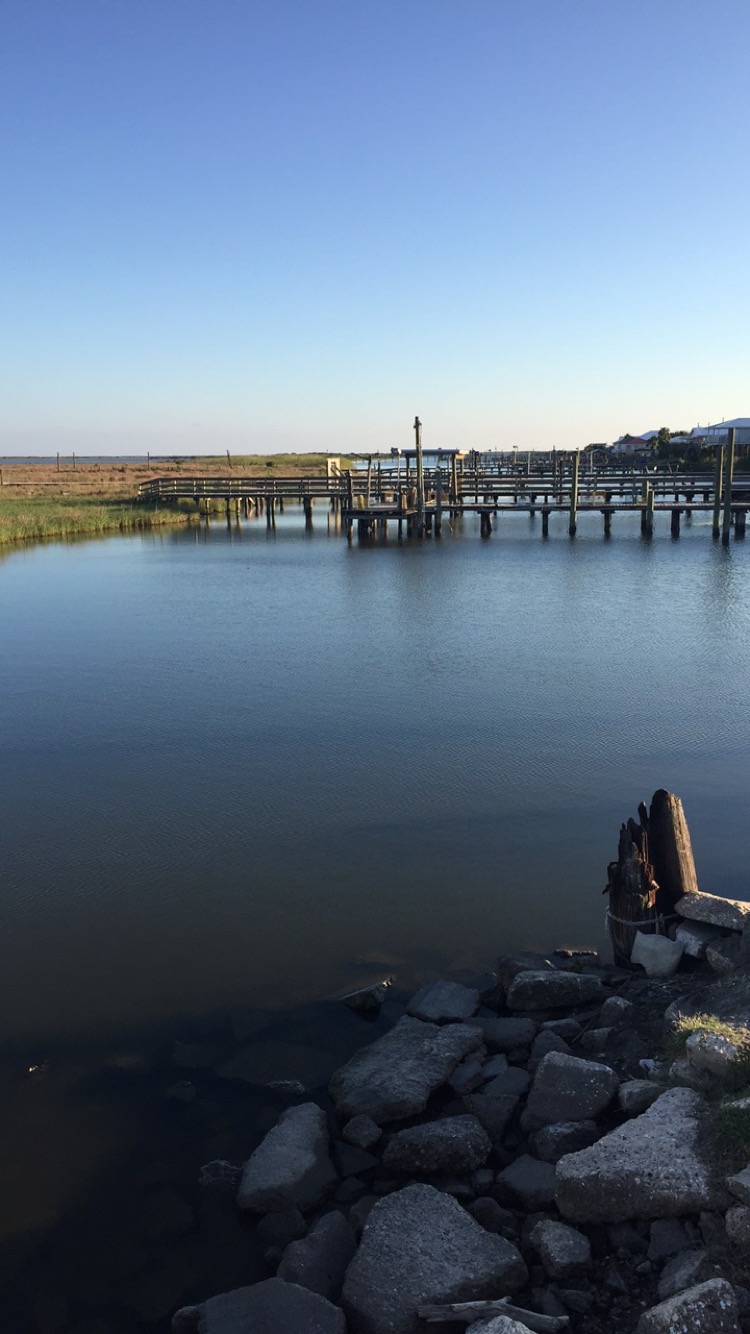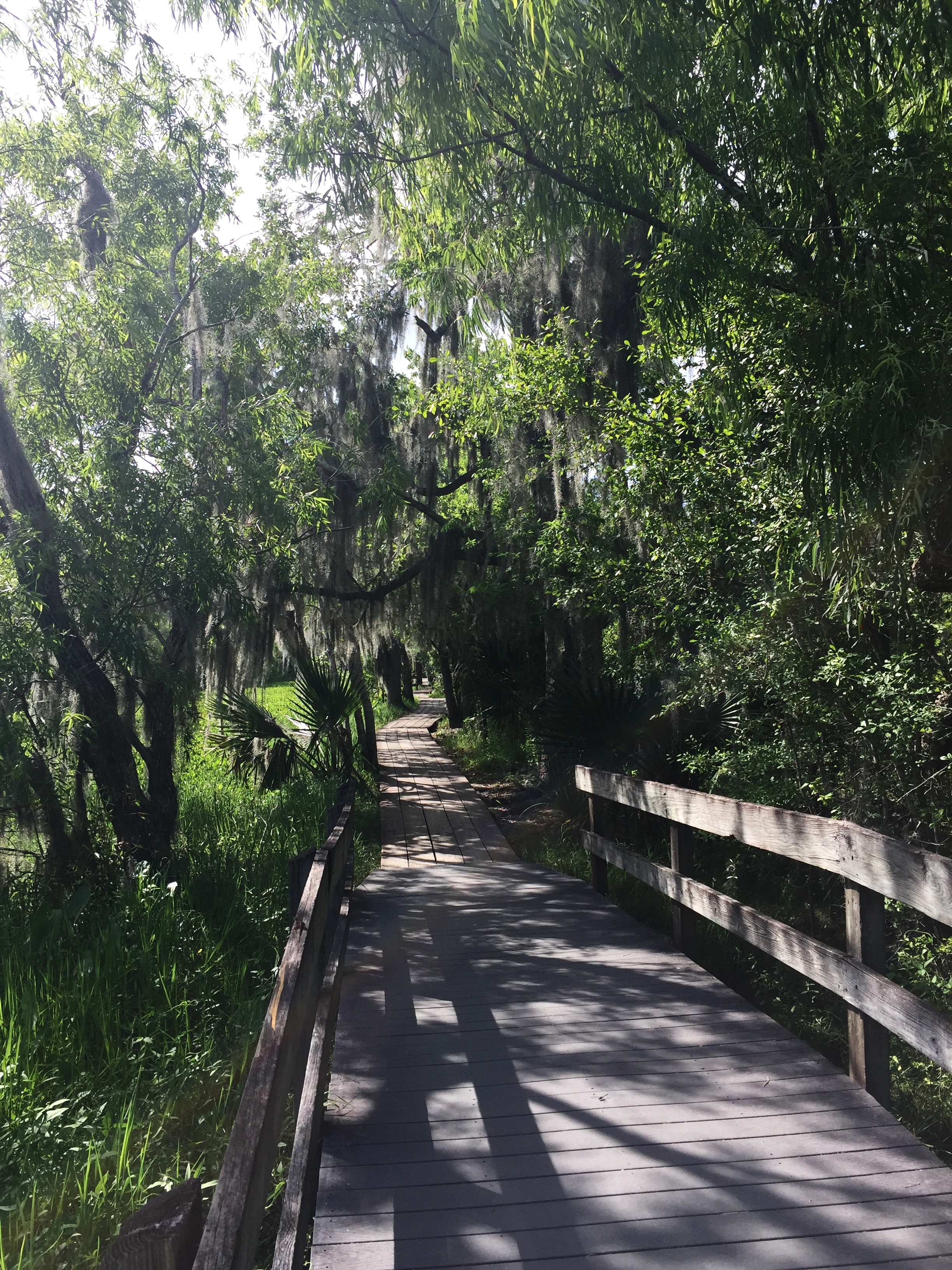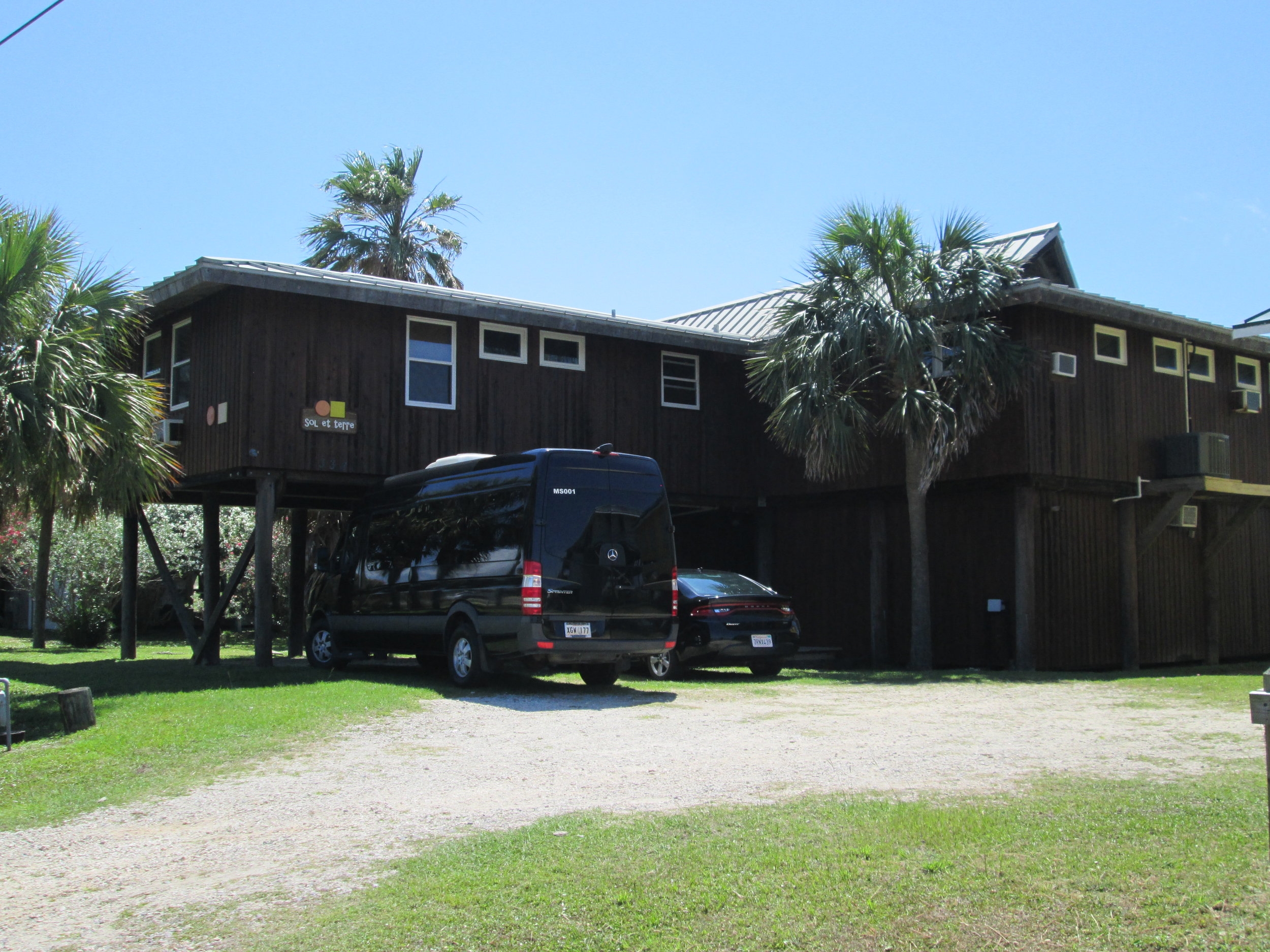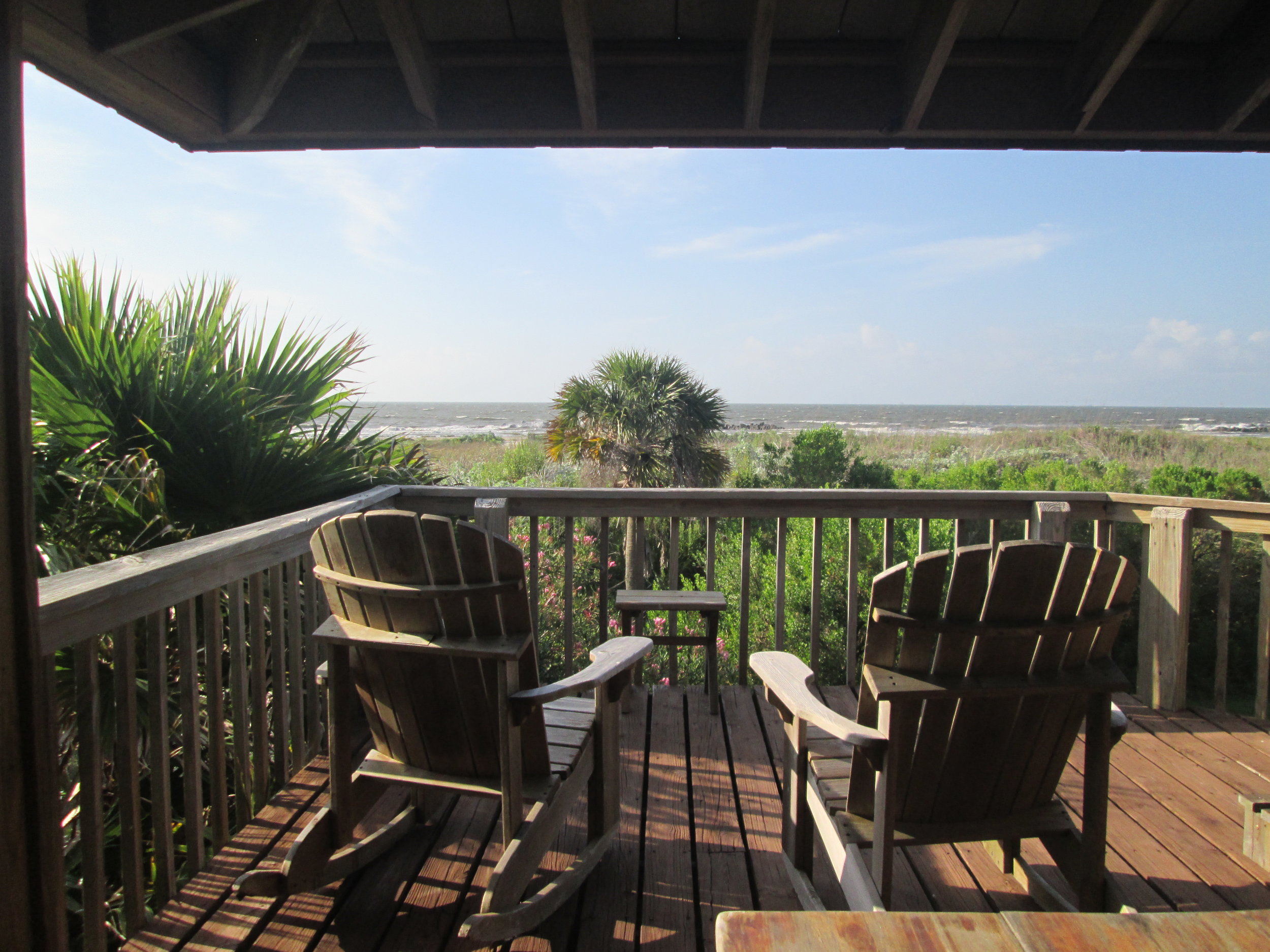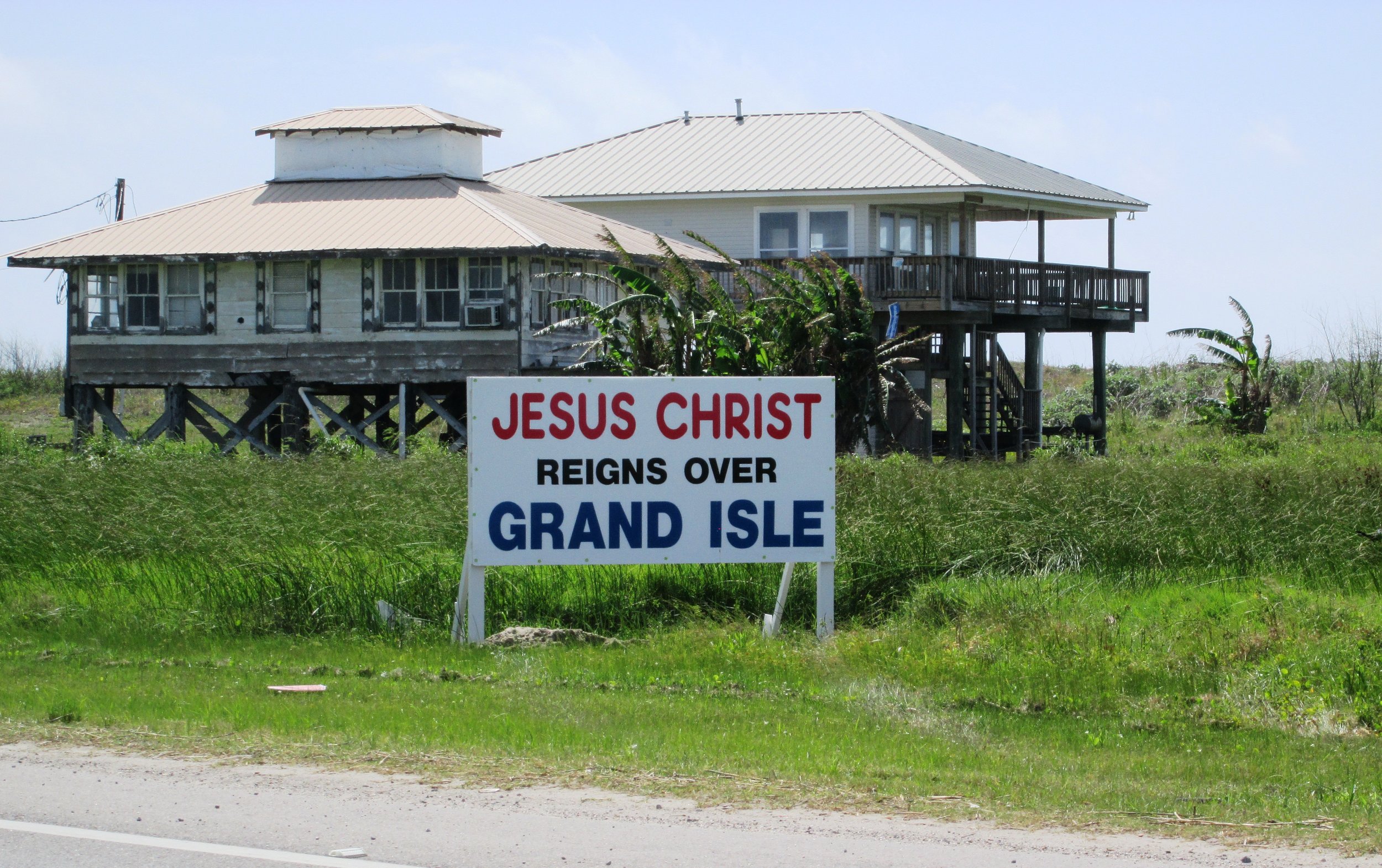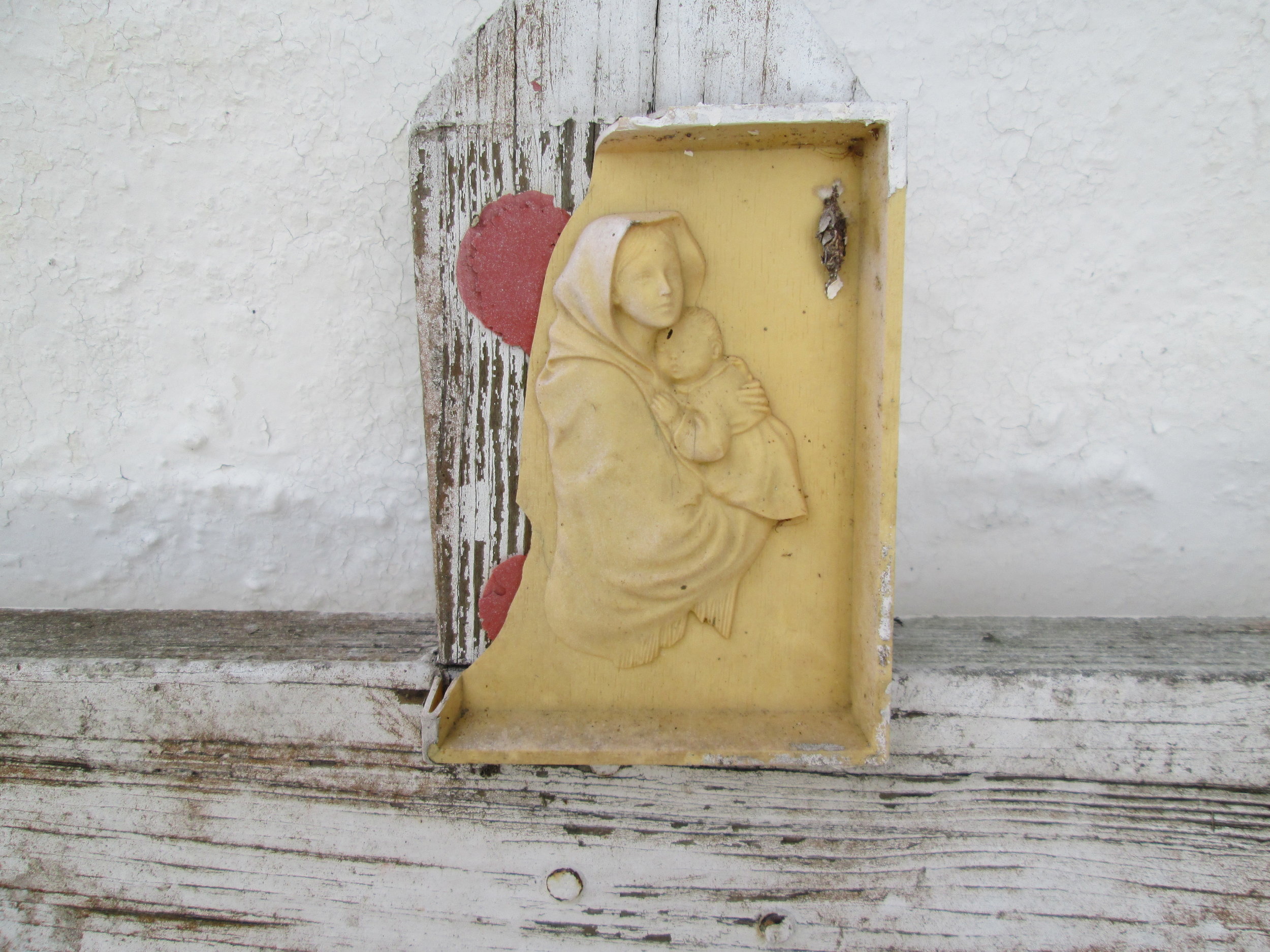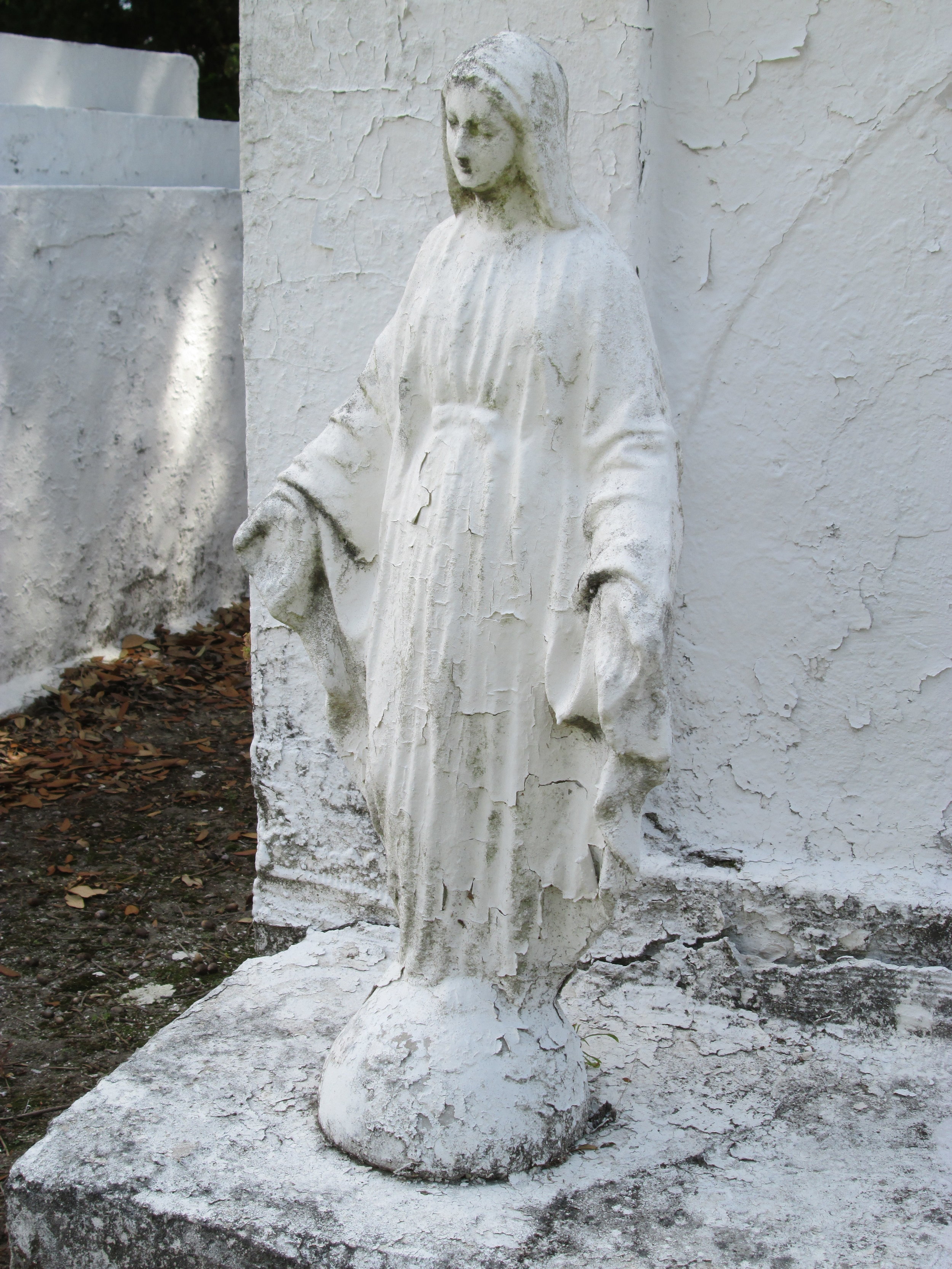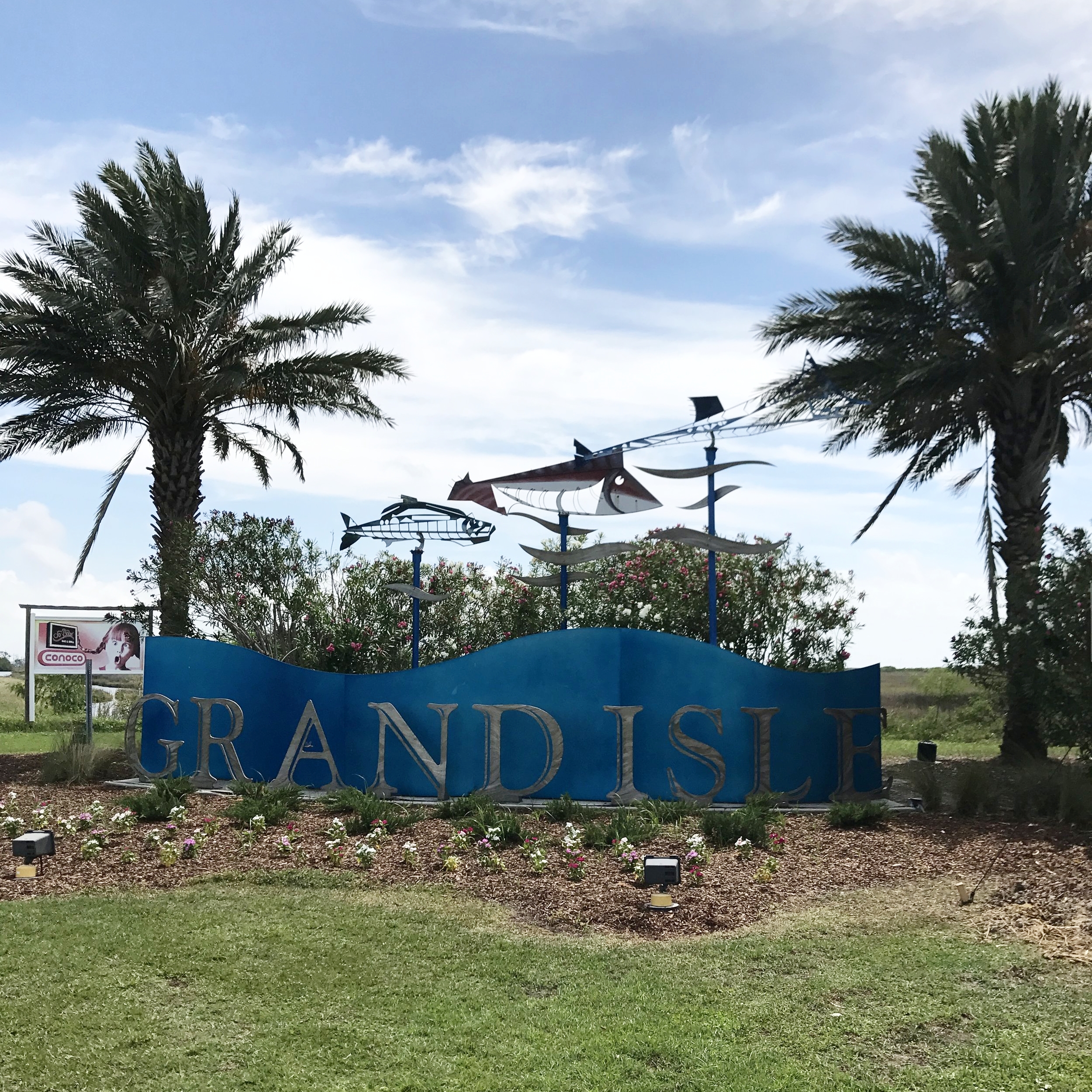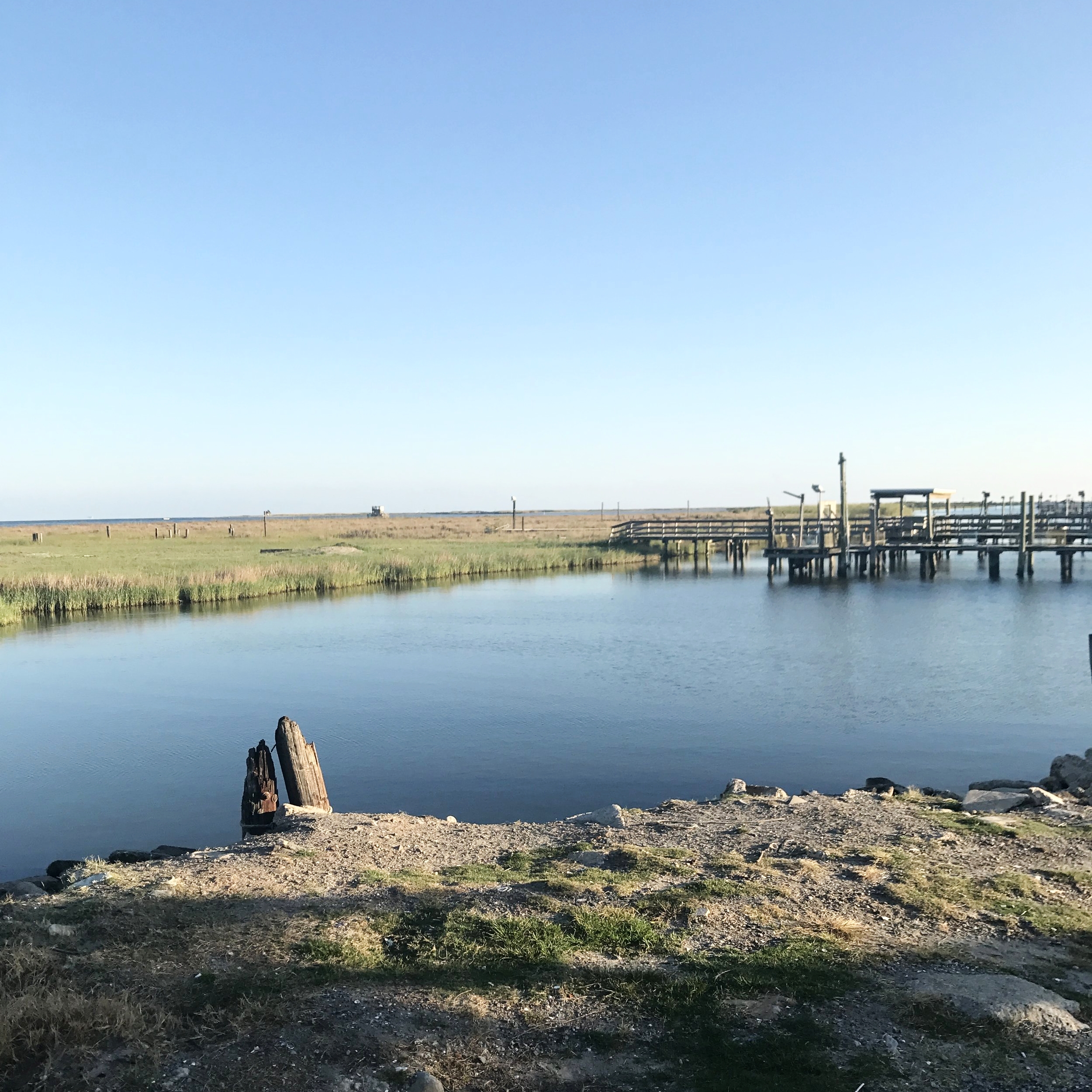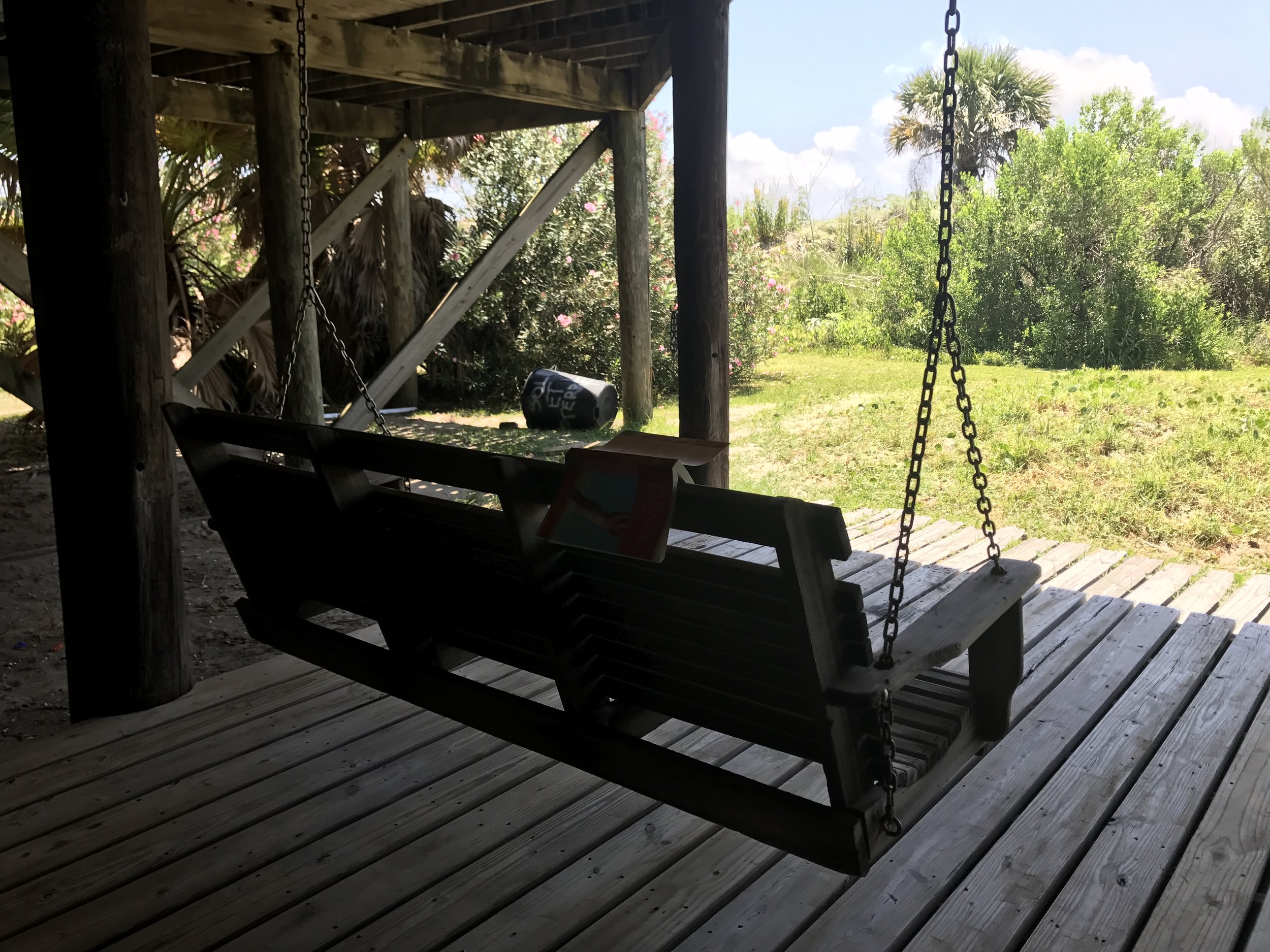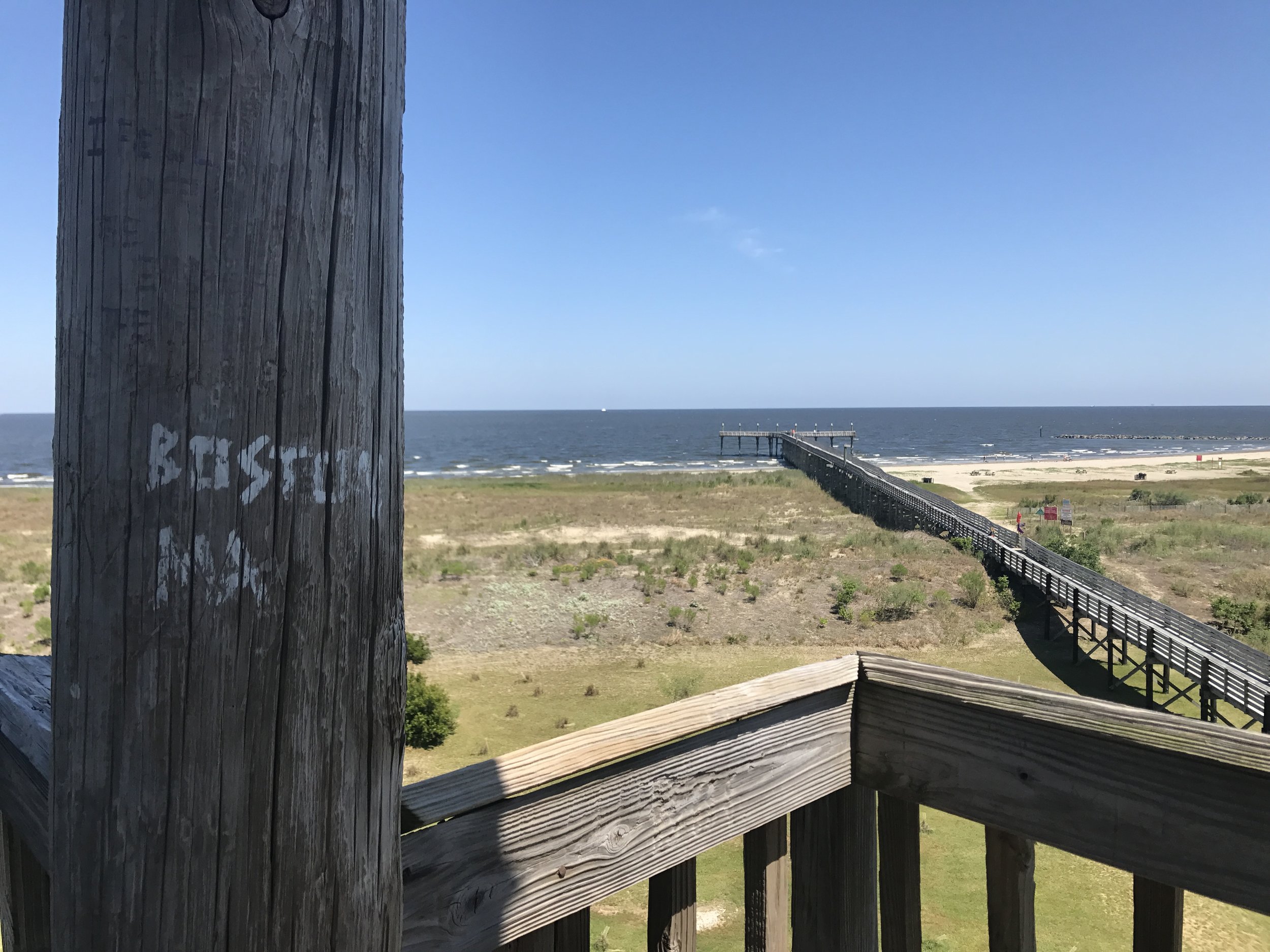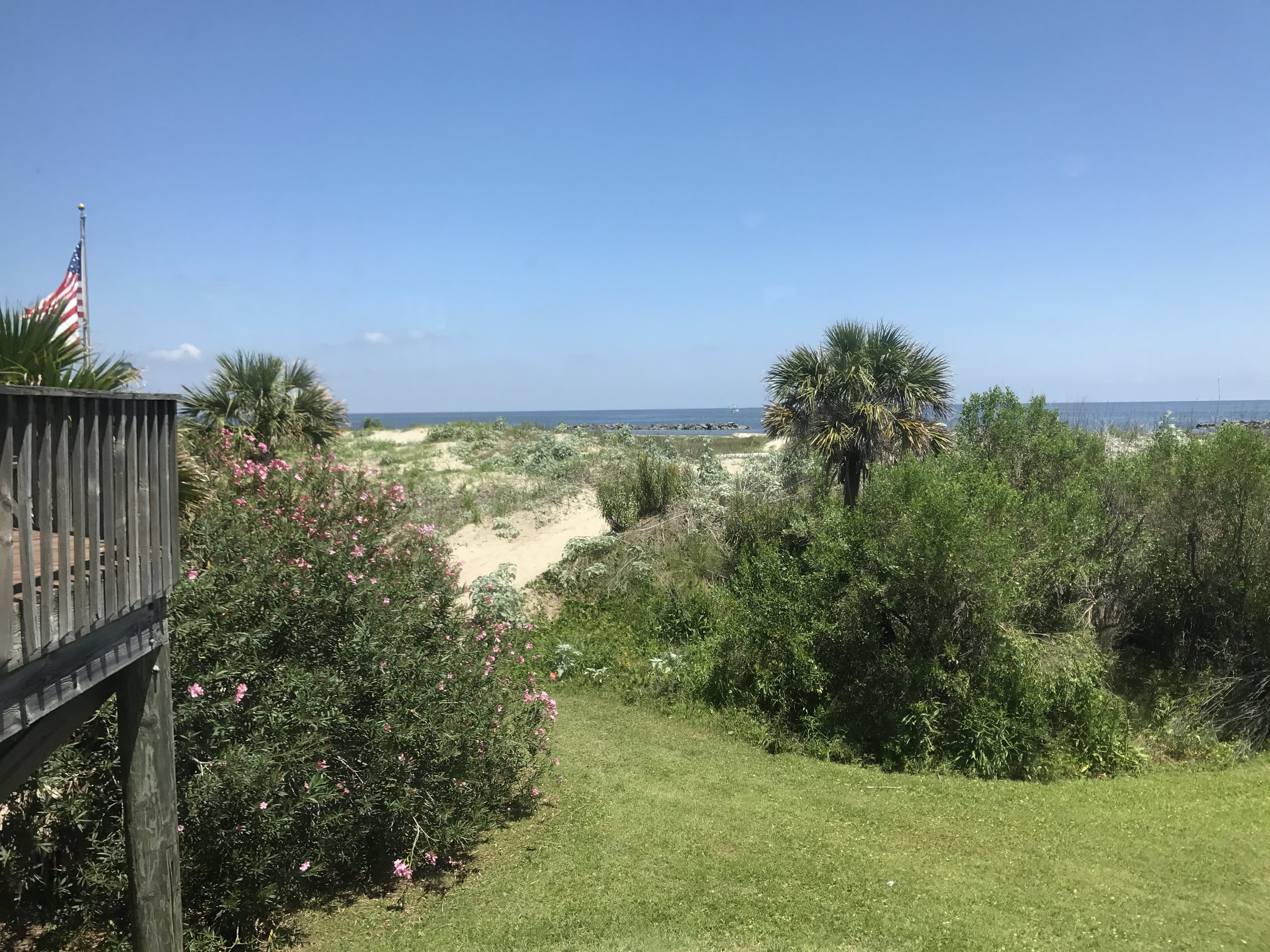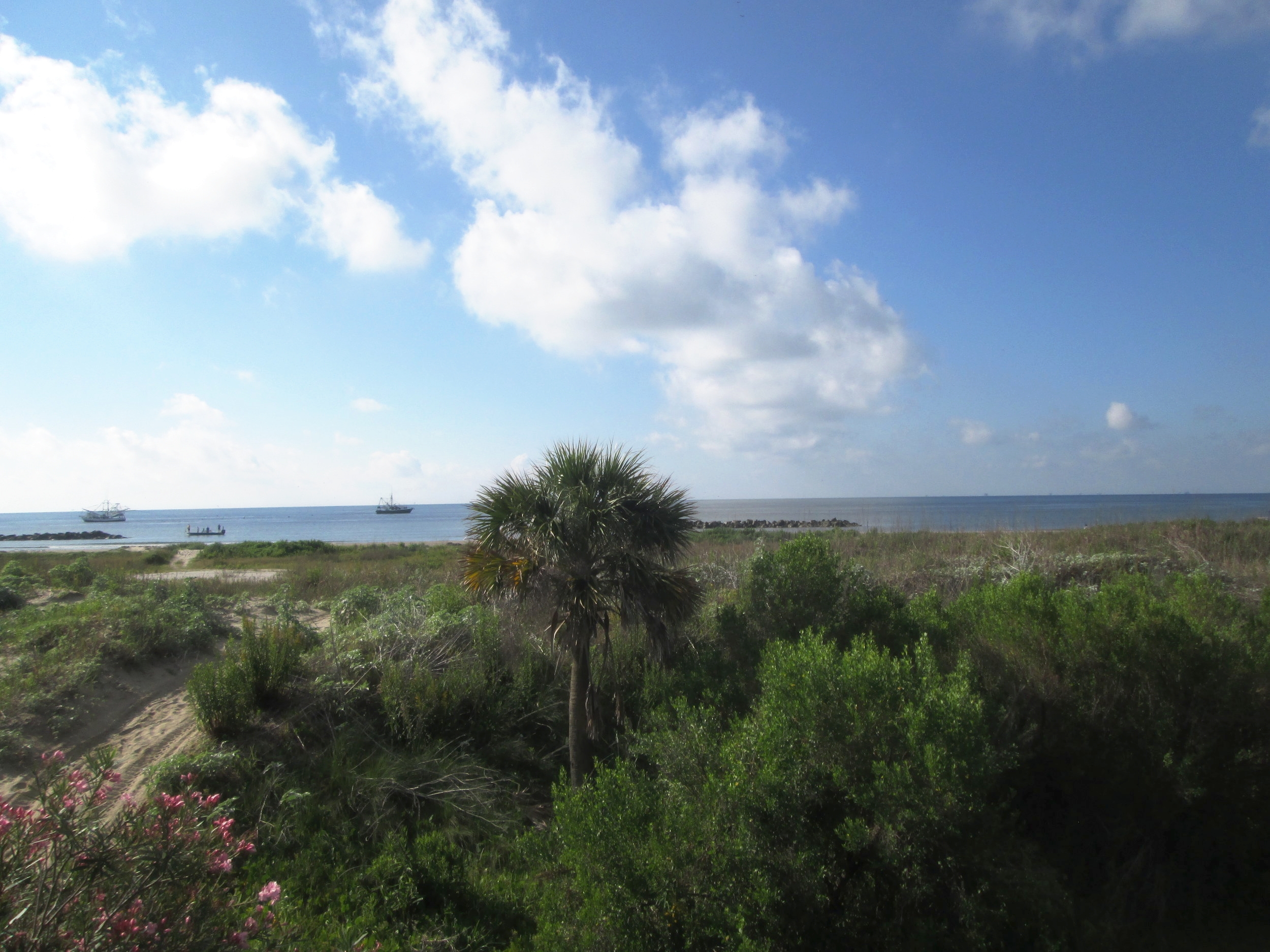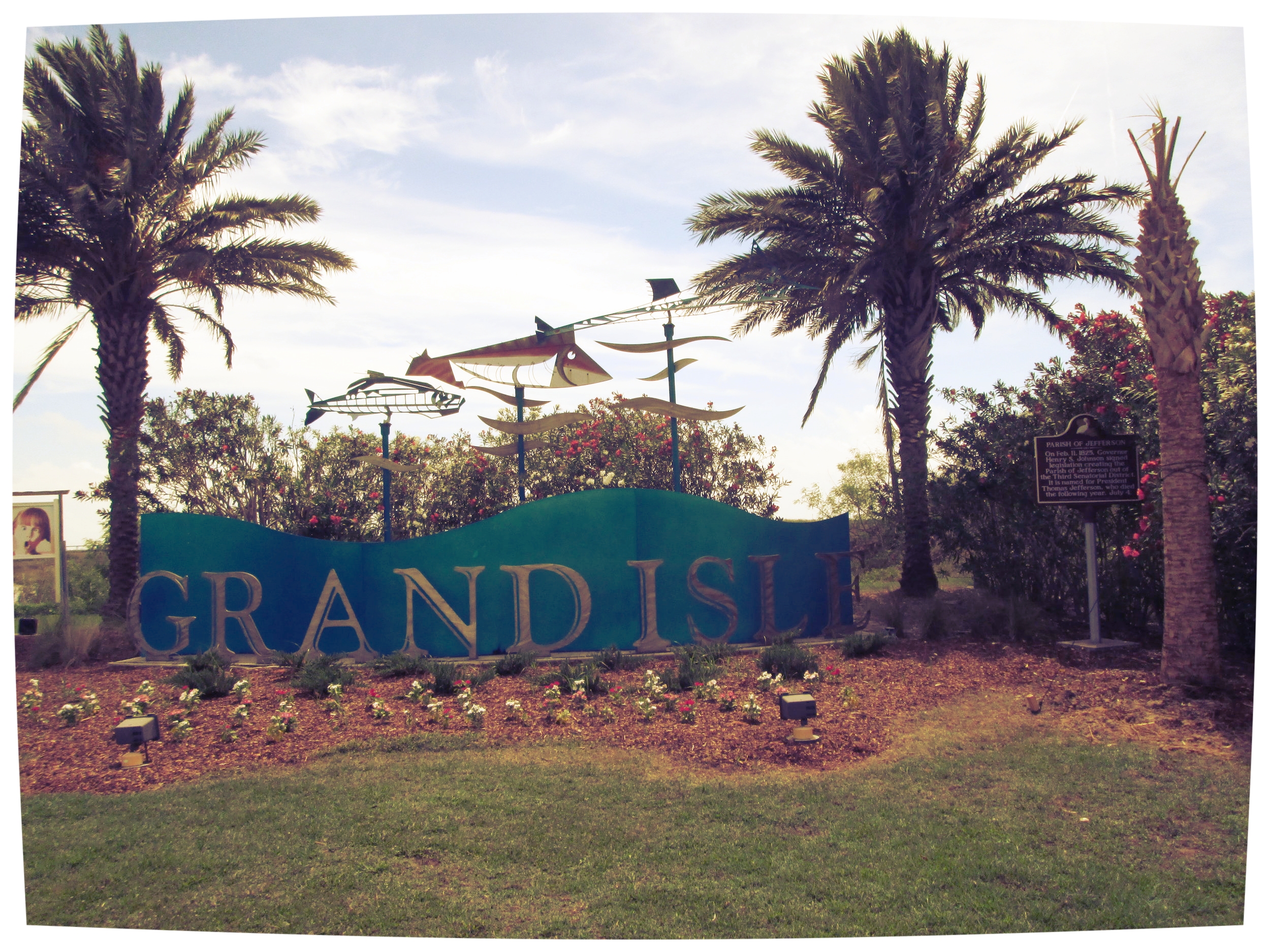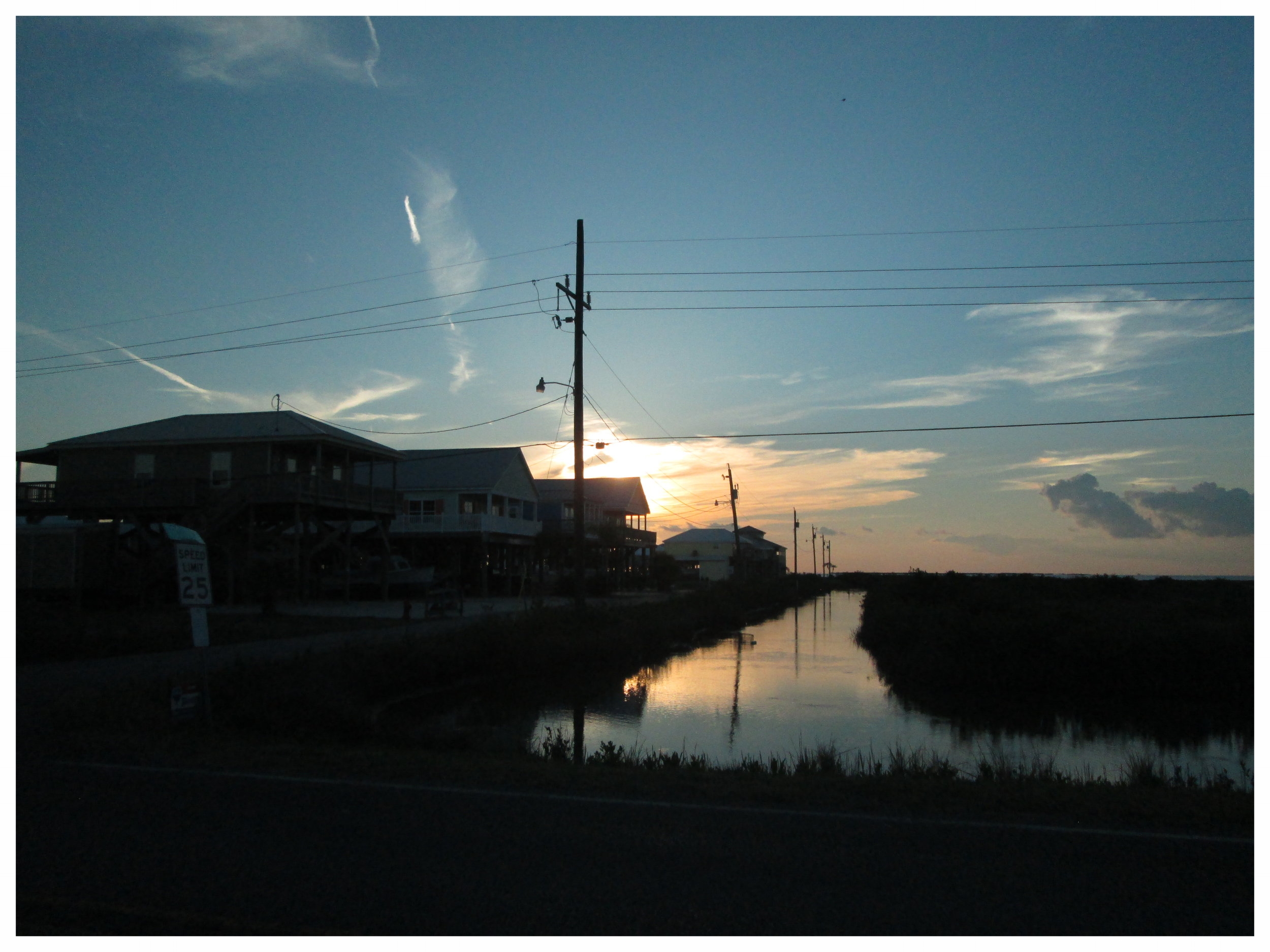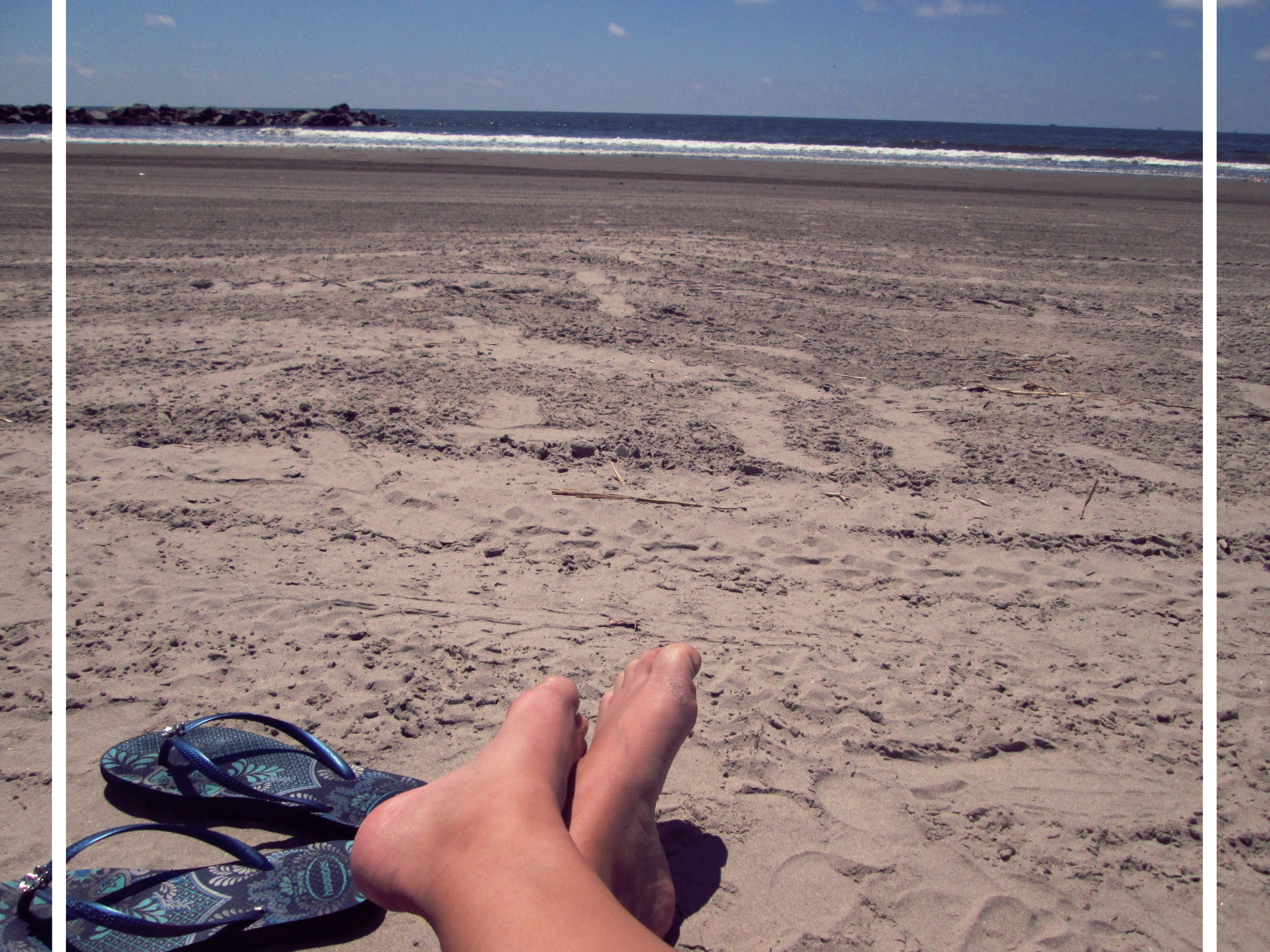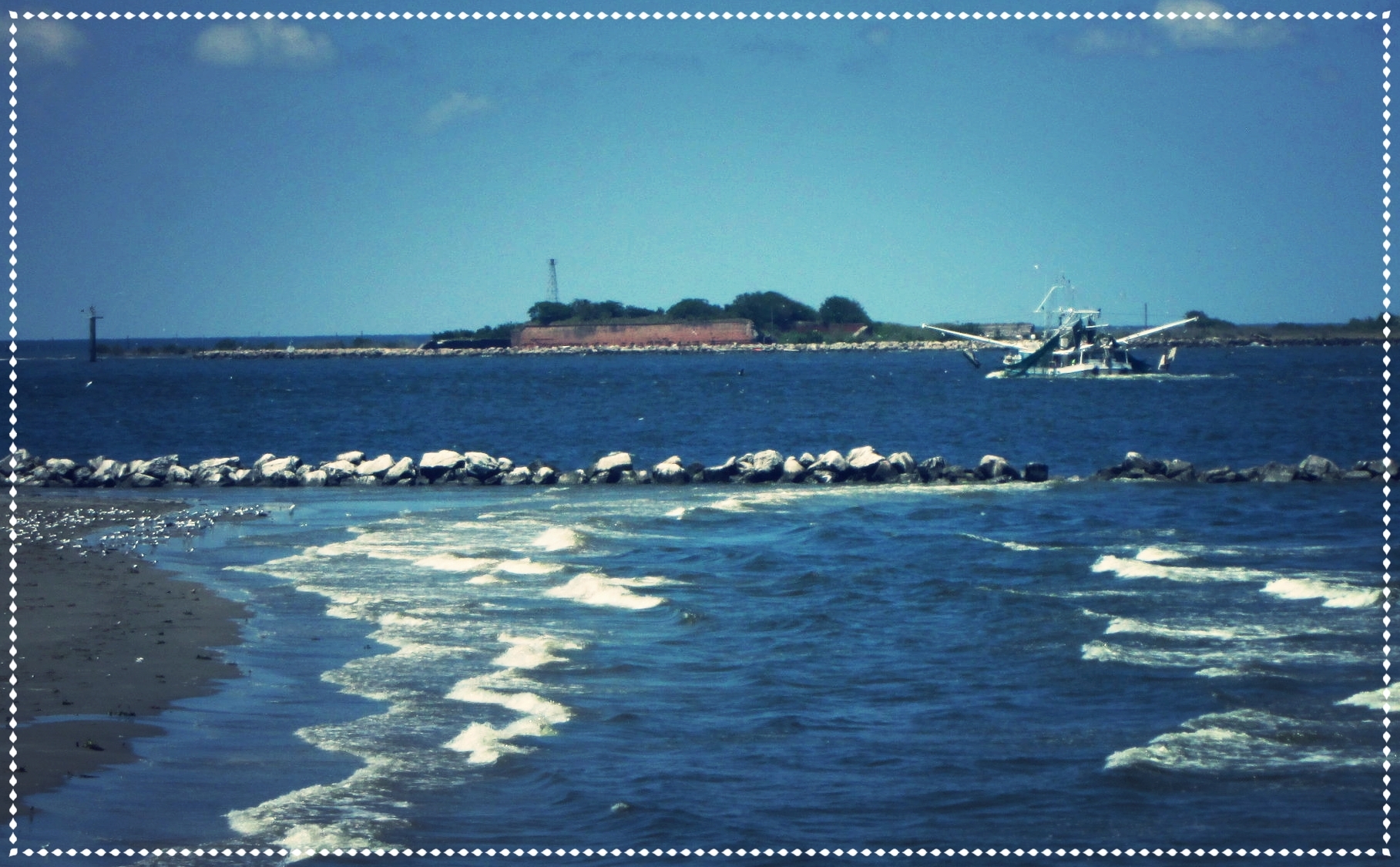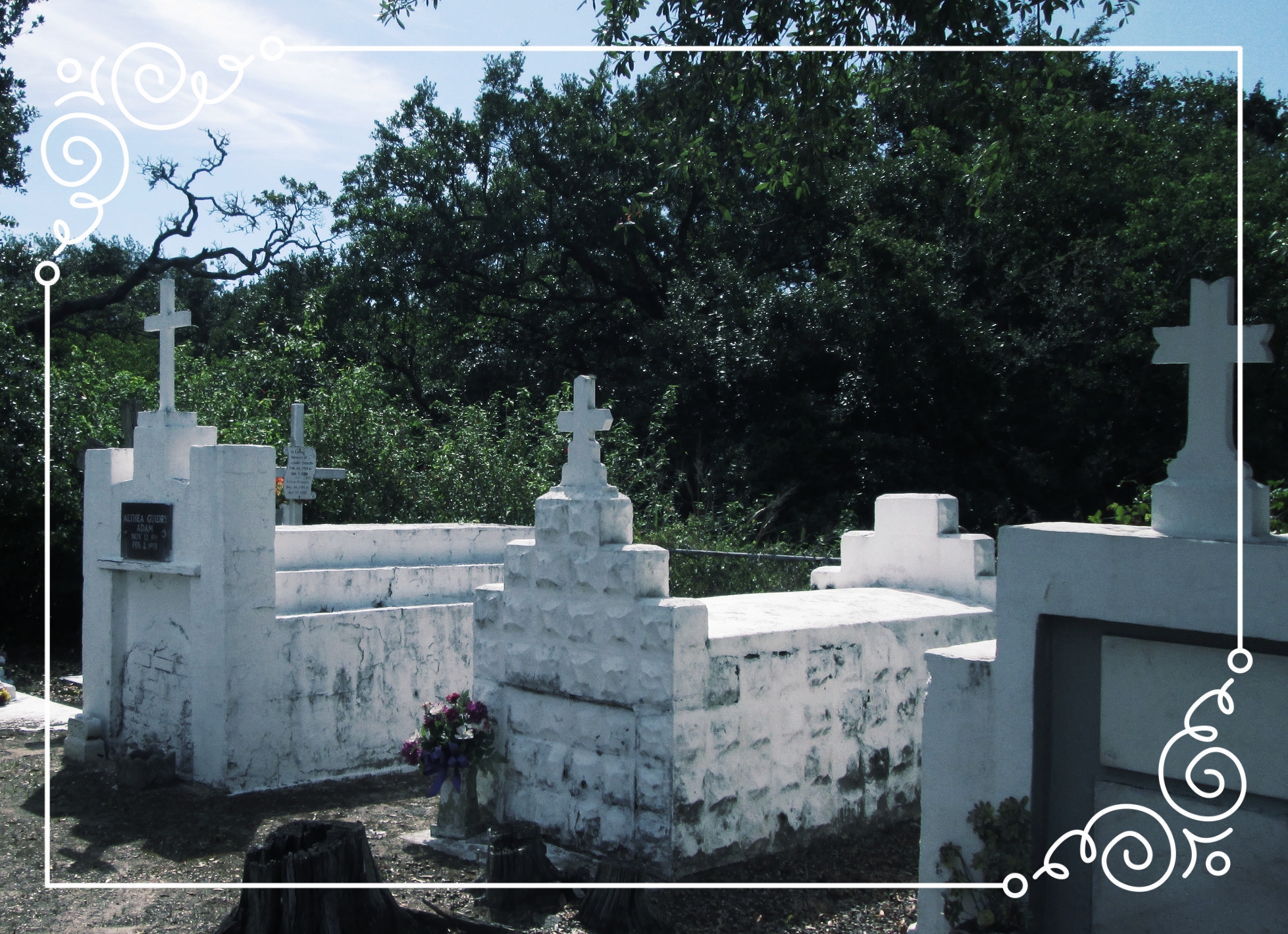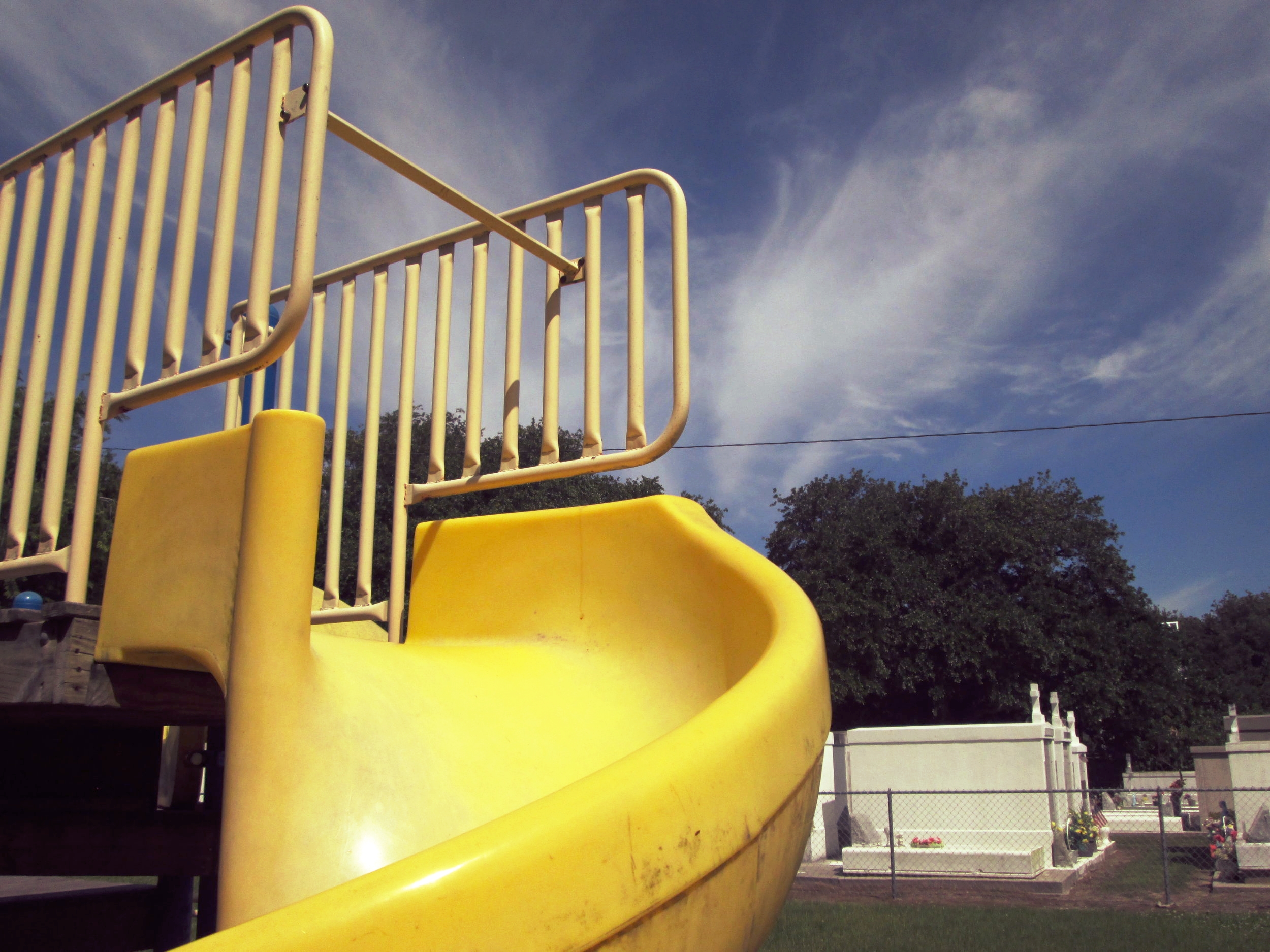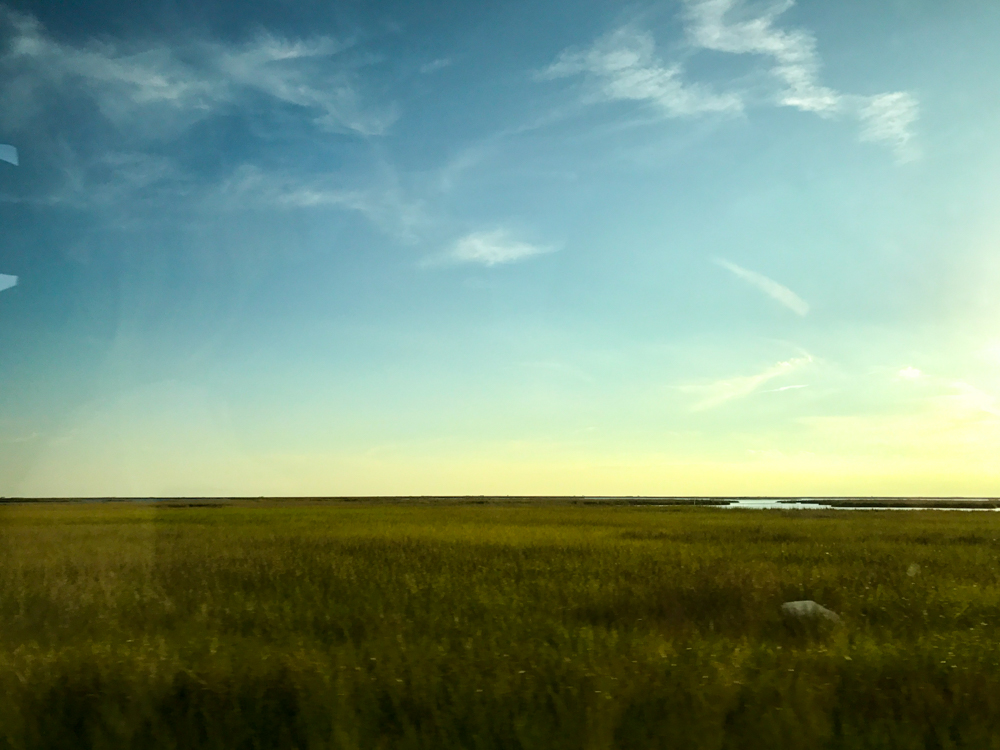“‘Evil is always possible. And goodness is eternally difficult.’”
On the night of May 18, 2017, just south of the Lafayette Hotel where we were staying, a protest took place around a statue of Robert E. Lee, raised high on a white column in the middle of the eponymous Lee Circle. The city had decided to remove this and other similar statues, as they stood as symbols of a romanticized Southern myth, Confederate nostalgia, and white supremacy. Several people had come to decry this decision, saying that the statue was a connection to their history. One man yelled, "Why start small? Take them all! Statue of Liberty next!" The drastic comparison of the Robert E. Lee statue to the Statue of Liberty made me realize just how valued these historical figures are by certain groups. For others who were there, however, the statue was seen as a reminder of slavery, oppression, and racism. Shouting matches turned into shoving matches, and though we were initially afraid that violence would erupt (as Ogechi describes in her wonderful post about the event), native onlookers around us laughed off the yelling as if it were nothing more than a game of insults between children on a playground.
I wondered then about the way we navigate the transition between past and future identities. How do we change ourselves in order to move out of yesterday and into tomorrow? For New Orleans and the South at large, that change is most prominent in race relations, particularly those between white and African-American groups. The past must not be ignored—it must be confronted and accepted in a way that acknowledges and condemns the horrors of slavery, Jim Crow laws, segregation, police brutality, and all other forms of racism. Clearly, there are people who want to resist that change. Perhaps that is why history is often cyclical.
Confederate and American flags in Lee Circle on the night of May 18
Anne Rice’s Interview with the Vampire follows the story of Louis de Pointe du Lac, as told by Louis himself to an interviewer identified simply as "the boy." Louis is transformed into a vampire by Lestat de Lioncourt. In the first part of the novel, the two live on Louis’s plantation near New Orleans; they eventually move into the city, where Lestat transforms a young girl named Claudia.
Image via amazon.com
I’m writing about Interview with the Vampire here because it, to me, is a novel about change and identity. Both Louis and Claudia have to face the fact that they are now vampires, immortal beings whose lives can never be as they were before. This is a difficult transition for Louis especially, as he does not believe Lestat’s conviction that they are inevitably bound by their bloodthirsty, murderous vampiric nature. For Louis, being a vampire does not preclude morality and emotion, and he avoids killing human victims in favor of animals. He teaches Claudia to appreciate such values, tells her that "'our eternal life was useless to us if we did not see the beauty around us, the creation of mortals everywhere.'"
Something that caught my attention in the novel was the way in which Anne Rice connects vampirism to slavery. In the most basic sense, she does this by setting Louis and Lestat on a plantation worked by slaves. Lestat often lures slaves into being his meals, and when the two vampires are forced to leave the plantation, they massacre the slaves in a gruesome scene of violence. On a more subtle level, however, Rice uses the vampire’s need for companionship to create a master-slave relationship between Lestat, the transformer, and Louis, the transformed. Both suffer in the "chains" of "loneliness," and they are bound to each other despite their conflicting views on what it means to be a vampire.
Louis is a fascinating character to me because he lives through a historical transition from slavery to emancipation while struggling to free himself from Lestat and his own vampire identity. I was reminded of several themes and moments from the novel by one of the more civilized conversations that I listened to while in Lee Circle (the same one that Ogechi transcribes in her post). A woman named Sonya described her journey throughout the United States as an African-American and the way she deals with the past.
Ignoring the expletives being hurled in the background, Sonya looked at us and said, "I have a difference even with my own African-American people, you understand what I’m saying? So there are times when I’m sitting in the middle." This difference, she explained, comes from having lived in different parts of the country and from having experienced an "eclectic community."
It’s a sobering thought, the idea of being separated from your own people. Louis feels that same separation from Lestat, for whom being a vampire means "'[r]evenge against life itself. […] Vengeance, blind and sterile and contemptible.'" Louis, on the other hand, continues to seek emotional validation. He still feels the "'strong overpowering emotions of detached persons in whom emotion and will are one.'" Even as a vampire, Louis experiences "'a desire for communication.'" He longs to find a connection with the humanity he has left behind, and so he feels a type of love for Babette, the woman who runs the neighboring plantation.
Louis’s capacity for emotion separates him from other vampires; he refuses to give in to what Lestat says is his vampire nature. Sonya, too, stressed the power of emotion. "When it comes to my looking at another race," she said, "I would tell them, 'Read the history, educate yourself. How would you feel? And if you do that, if at some point within, you don’t have a feeling of pain, you don’t have a feeling of compassion for an African-American, then you need to check yourself and say, 'why?''"
"Why?" indeed. Why should Louis be bound by "vampire nature"? Why should anyone be bound by a cruel history of oppression? Why can we not reject our nature, our legacies, in favor of better alternatives?
One of Sonya’s anecdotes stood out to me. "When I left Cali and was in Alabama," she began, "they had all these trinkets and whatever. I picked up a Confederate flag bracelet, and I was wearing it, and I didn’t even know what it was." She smiled at her own naïveté. "I walked into a bar, and I was talking to them, and they were looking at me, and then next thing you know we were just chitchatting it up. I remember them saying, 'How come the rest of them aren’t like you?' I actually had on a Confederate bracelet and didn’t even know that it was a Confederate bracelet. How does that happen?"
Louis travels to Europe with Claudia in search of the origins of vampires. They are severely disappointed when they encounter vampires who are feral, insentient, and animalistic. Louis and Claudia live in ignorance of other vampires, and they are utterly shocked to discover an unexpected part of vampire history. They, like Sonya, live in isolated environments and are accustomed to a certain perspective. Sonya’s world was "West Coast, Northern California, San Francisco." When she came to the South, she encountered a different world. Since then, her newfound awareness has shaped her attitude about life.
"Guess what the relationship between New Orleans and San Francisco is?" she asked. None of us knew. "They’re sister cities. The same energy, the freedom." And here is Sonya’s wisdom in all its brilliant glory. Despite the different experiences that she has had in New Orleans and San Francisco, she sees the commonality between the two cities. Louis also finds commonalities between his former human self and his current vampire self. He feels emotions in both forms. He fears the possibility of loneliness as a vampire, which is the same as aching with a need for love. And there is nothing more human than to desire love. There is no vampire nature, only human nature.
“‘I love you now with my human nature, if ever I had it,’ I said to her.”
This is the simple truth that Sonya understands and hopes that everyone else will understand: we are all human. That is how we move forward.
The statue of Robert E. Lee being removed on May 19, 2017 (image via Wikimedia Commons)
New Orleans is the perfect place to learn this lesson. As bookpackers, we seek out the smallest moments that teach us the most, moments that "must be first known and then savored." Every moment is such a moment in this city, this "'magical and magnificent place'" in which all are human. Whatever else changes, our humanity is a constant common ground on which we all build our lives, our futures.
Near the end of his interview, Louis tells the boy, "'But all during these years I had a vague but persistent desire to return to New Orleans. I never forgot New Orleans.'" Neither will I.





